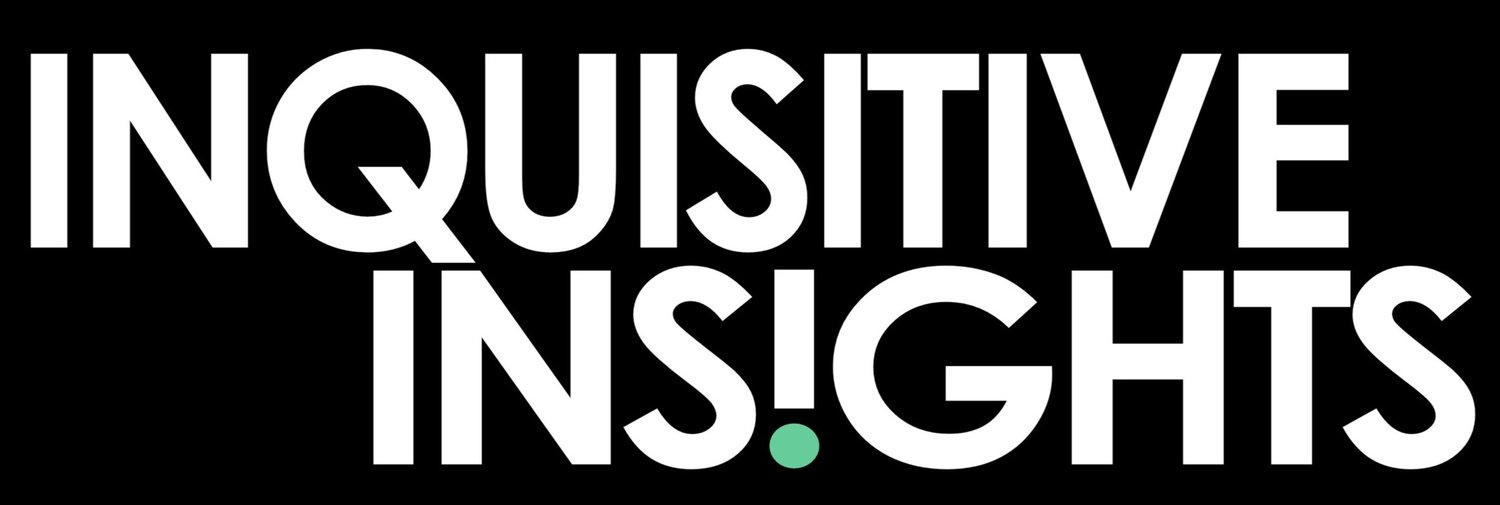How Smaller Companies Can Unlock Bigger Customer Insights
Let’s debunk a myth: you do not need a massive insights department to make smarter business decisions. In fact, some of the most nimble, high-impact research comes from small, focused teams—especially when they know how to ask the right questions.
If you're working in marketing or innovation at a small or mid-sized company, you might assume deep consumer understanding is something only the big guys can afford. It’s not! You just need the right mindset, a smart approach, and when the time is right, a research partner who can scale your thinking.
1. Start with Curiosity, Not Just Data
Too often, teams start with a survey when what they really need is a conversation. Qualitative research—interviews, digital diaries, shop-alongs—gives you rich, textured understanding. It helps you hear how people talk and feel about your category.. Even a handful of well-conducted conversations can uncover patterns, motivations, and unmet needs that no dashboard will ever show you.
“You don’t need to be big to think big. ”
2. Know What You Really Want to Learn
Before you jump into research, spend a little time getting clear on the “why.” Are you trying to find out who really buys your product? Enter a new category? Understand why sales are soft in one region? The more focused your objectives, the more actionable your insights will be—and the easier it will be to figure out if you can tackle it in-house or need support.
3. Use Qual to Make Quant Smarter
A quick online survey can absolutely be part of your toolkit, but it shouldn’t be the only tool. Qualitative research can help you shape the right questions before you send out a survey. It reveals the language your audience actually uses, which makes your quant more precise—and your results easier to act on.
4. Tap Into the Tools You Already Have
Don’t underestimate what you can learn from social media comments, customer service logs, or even your sales team's anecdotal stories. These aren't research projects per se, but they can surface great questions and hypotheses worth exploring further. Think of them as fuel for more focused research.
5. When in Doubt, Phone a Friend
Doing good research takes time, skill, and neutrality. And when you’re this close to the business, it's easy to ask leading questions or overlook a fresh perspective. That’s where working with a research partner makes a huge difference. A good partner extends your team, brings best practices, and helps you see what you might be too close to spot.
You don’t need to be big to think big. You just need to be curious—and willing to invest in getting closer to your customer. Whether you’re mapping a purchase journey, testing new messaging, or figuring out what your next product should be, smart research starts with listening well.
And if you don’t have the time or headcount to do it all yourself? That’s what partners like us are here for.

